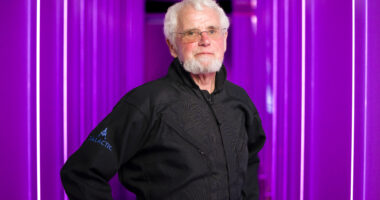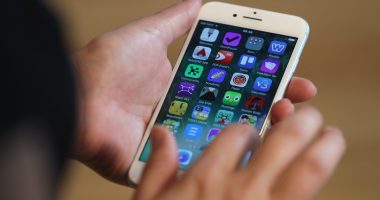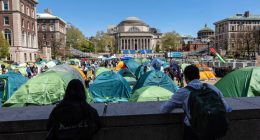

For teachers in 2020, the year was marked by chaotic transitions, distant classrooms, and new training to help us navigate a mostly online curriculum. But what was left out of those conversations was the impact Covid-19 would have on the minds of teachers and students. We quickly learned how fear, anxiety, and depression could make learning more difficult, if not impossible.
As a resident artist with Teachers & Writers in the Bronx, I was taught how to craft curriculums around inclusivity and multiculturalism, and how to avoid racial bias in my lessons, even as a light-skinned latina. I studied how to respond to those having a tough time at home or with school. These trauma-informed teaching strategies had two functions: to understand why kids act out, disengage, or struggle to succeed in class, and to create a community where they feel cared for and heard. I left that job for one in higher education, but the lessons left a deep mark on how I would teach at the college level.
Understand and Connect With Trauma
In the spring of 2020, we experienced a loss of control. Undergraduates were let go from jobs and internships, and many were forced out of the dorms and back into their childhood homes. Students of all ages lost the communities they had been building at school—and some even lost loved ones—leaving them feeling depressed, anxious, and angry.
According to Beth McMurtrie from the Chronicle of Higher Education, trauma decreases one’s ability to plan, recall information, and focus. Coupled with teachers who did not take full advantage of their learning technologies and who assigned more busywork to make up for lost time in the classroom, young people became simultaneously overwhelmed and underwhelmed. Many struggled to succeed with online learning, and in some cases, dropped out altogether.
Joanna Johnson was a freshman at LIM College in New York City last spring when she moved back to Putnam Valley, New York due to the pandemic. She helped take care of her mom who had been injured in a work-related accident. On top of that, her mom’s small business was struggling to survive. “School, at this point, was at the bottom of my priority list, even though I truly wanted to do well,” she later told me.
As a then 26-year-old professor who grew up talking to my peers on AIM and making friends in online chatrooms, I knew how the internet could be a conduit for raw human connection. I changed all of my discussion board prompts to questions about how everyone was reacting to the coronavirus.
- What is one thing you lost and one thing you gained because of the shutdown?
- Share one article you read that you think we should all know about.
- Name a song you’ve been listening to non-stop and post a link so we can hear it.
By demystifying Covid-19 and creating a safe space where we could talk about it openly, my students felt safe and listened to, and were able to connect with one another even though they were miles apart.
“I struggle with terrible anxiety that affects me mentally and physically,” Joanna told me. “So being able to talk to other people, read what’s happening in their lives as well as listen to new music was a stress reliever that I’m really thankful for.”







